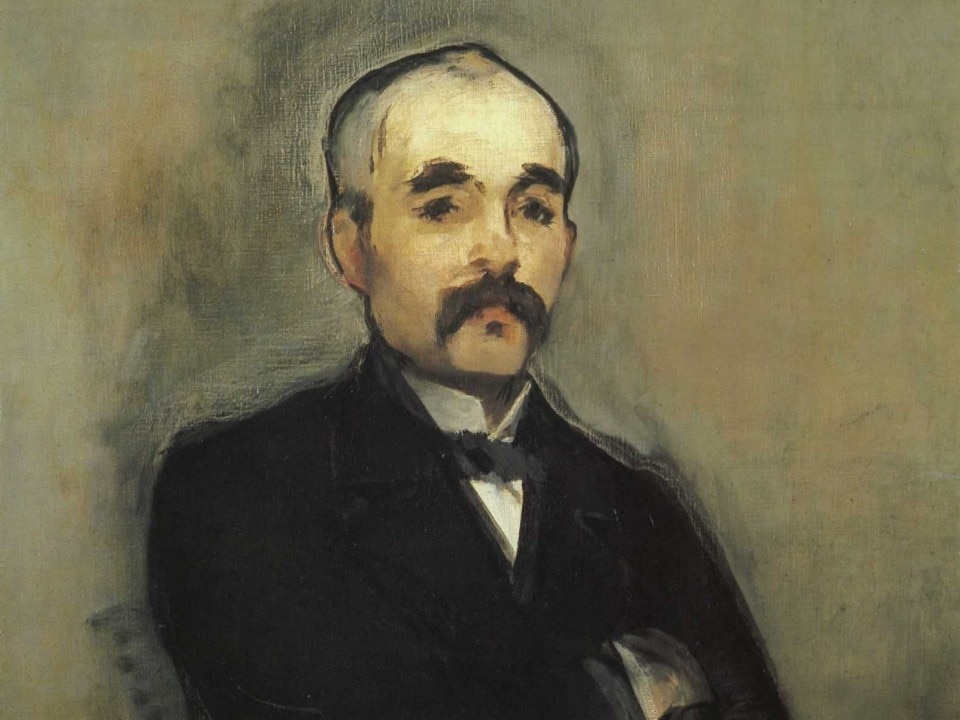Record turnout at the polls for the first round of the French legislative elections, with over 65% of eligible voters. According to early forecasts, Marine Le Pen’s National Rally is leading with over 29% of the votes. This result confirms the party’s steady growth in recent years and positions Le Pen as a possible key player in the upcoming political scenario.
However, the gauche is not giving up. A defeat, certainly, but not a fatal blow. The second rounds, as per French tradition, will be crucial and the progressive front is ready to fight to prevent the far right from conquering the Élysée.
The short but intense election campaign was marked by Emmanuel Macron’s coup de théâtre, who dissolved the National Assembly as a result of his defeat in the European elections. It was a bold move that reignited interest in politics and drove many citizens back to the polls.
Election posters covered every corner of the country, rallies and televised debates followed one another at a rapid pace, while marches and demonstrations animated the streets of the cities. Propaganda, an inevitable tool in any democracy, has been the backdrop for this electoral campaign that promises to be decisive for the future of France.

Artists, endowed with insight and sensitivity, serve as eyewitnesses of their own time, capturing its contradictions, hypocrisies, and sufferings. Through their work, they not only reflect reality but also question, challenge, and offer a critical reinterpretation of it.
Manet’s portrait of me? Terrible, I do not have it and do not feel the worse for it. It is in the Louvre, and I wonder why it was put there.
Georges Clemenceau, a deputy of the French far left, nicknamed the ‘Tiger of France’, did not appreciate the portrait Édouard Manet had painted of him. Yet, that penetrating gaze and that determined, almost arrogant pose, capture the essence of a man who did not bow his head to anyone.

Manet, the master of Impressionism, broke away here from his bright palette to create a stern, almost somber portrait. The artist used a photograph by Wilhelm Benque and perhaps a small portrait on paper to capture the essence of the ‘Tiger.’ The painting technique is rapid, essential, almost bare, recalling at times the Japanese style so dear to the Impressionists.
Despite its ‘ugliness’ lamented by Clemenceau, Manet’s portrait captures the true essence of the politician: strength, determination, and wit. An unvarnished, no-frills image which anticipates by nearly twenty years the official portraits of the 20th century.
Some critics have interpreted the expressive force of the painting as a kind of domination over the figure of Clemenceau. It is almost as if Manet, in portraying the ‘Tiger’, painted himself. However, the true greatness of this work lies precisely in its balance: Manet’s powerful painting does not overshadow Clemenceau’s personality but enhances it. In this portrait, the two protagonists – the artist and the subject – merge into a single, unforgettable image.
Beyond Clemenceau’s scornful judgment, his portrait can indeed be reconsidered as a contemporary electoral manifesto, where a powerful image replaces the individual.
Under Honoré Daumier’s burlesque chisel, Prince-President Louis Napoleon Bonaparte transforms into Ratapoil, a grotesque puppet of power. The statuette, charged with biting irony, presents us with the image of an elderly, thin man, bent under the weight of boundless ambitions.
He wears the elegant clothes of the 19th century, as if to disguise himself as a gentleman, but Daumier’s caricature reveals his cynical and opportunistic essence.

The face, though barely outlined, is dominated by a pointed, almost claw-like mustache, and a goatee that accentuates a sly, goat-like demeanor. The attitude exudes confidence, even mocking arrogance towards the surrounding world. The figure, though standing seemingly solid, leans heavily on a walking stick, seeking support that betrays his inner fragility.
The frock coat, a classic 19th-century overcoat, becomes a symbol here of usurped power, while the top hat, once emblematic of social class, sits grotesquely on Ratapoil’s bald head. The refined elegance transforms into grotesque awkwardness, underscored by the theatrical gesture of lifting the tails of the suit, as if to strut about with phony wealth.
But it is the gaze, sidelong and disdainful, that reveals the dark soul of the character. A cold stare that scrutinizes the observer from above, exposing the pride and contempt of one who believes themselves superior to the people they oppress. Ratapoil, with his grotesque mask, embodies Daumier’s fierce critique of authoritarian regimes, unmasking their moral emptiness and lust for power. The hands, clumsy and disproportionate, grip a walking stick that symbolizes an instrument of oppression. The shoes, misshapen and worn-out, betray a life of abuse and deceit. And then there is that nickname, Ratapoil, literally ‘skinned rat,’ echoing like a haunting warning, revealing the true nature of this shady individual.
Ratapoil, with his grotesque mask, is not just a caricature of an individual, but a ruthless portrayal of a corrupt and oppressive era.
Artworks that tell the power. Power and its atrocities, warning us about the dangers of authoritarianism and propaganda. A cautionary tale that, even today, resonates with dramatic relevance.

Opening image: Édouard Manet, Portrait of George Clemeceau, 1879-90

